Myths about teaching can hold you back
- Year 4
Grouping animals
I can use observable characteristics to classify animals in different ways.
- Year 4
Grouping animals
I can use observable characteristics to classify animals in different ways.
These resources will be removed by end of Summer Term 2025.
Switch to our new teaching resources now - designed by teachers and leading subject experts, and tested in classrooms.
These resources were created for remote use during the pandemic and are not designed for classroom teaching.
Lesson details
Key learning points
- Although animals can be very different from each other many have similar features that allow us to put them into groups.
- Animals can be grouped by their observable characteristics.
- Observable characteristics can include information about colour, size, shape and structure.
- The process of grouping animals based on their similarities and differences is called classification.
- Animals can be classified into mammals, reptiles, amphibians, fish and birds by observing body covering and structure.
Keywords
Observe - To observe is to look very closely and use other senses too.
Groups - Groups contain similar objects according to their features.
Observable characteristics - An observable characteristic is a feature or property of a living thing that we can see or use our other senses to observe.
Classify - To classify is to sort objects into groups based on their similarities and differences
Common misconception
Pupils may have a limited view of what an animal is: mammal with fur and four legs. This can affect the way they classify animals. Also, that its habitat is an observable characteristic.
Use a wide range of animals including invertebrates and vertebrates, and those that live on land and in the sea, to help them look at observable characteristics when grouping.
To help you plan your year 4 science lesson on: Grouping animals, download all teaching resources for free and adapt to suit your pupils' needs...
To help you plan your year 4 science lesson on: Grouping animals, download all teaching resources for free and adapt to suit your pupils' needs.
The starter quiz will activate and check your pupils' prior knowledge, with versions available both with and without answers in PDF format.
We use learning cycles to break down learning into key concepts or ideas linked to the learning outcome. Each learning cycle features explanations with checks for understanding and practice tasks with feedback. All of this is found in our slide decks, ready for you to download and edit. The practice tasks are also available as printable worksheets and some lessons have additional materials with extra material you might need for teaching the lesson.
The assessment exit quiz will test your pupils' understanding of the key learning points.
Our video is a tool for planning, showing how other teachers might teach the lesson, offering helpful tips, modelled explanations and inspiration for your own delivery in the classroom. Plus, you can set it as homework or revision for pupils and keep their learning on track by sharing an online pupil version of this lesson.
Explore more key stage 2 science lessons from the Living things and the environment unit, dive into the full primary science curriculum, or learn more about lesson planning.

Equipment
Pupils may prefer to use hoops for classifying animals as mammals, reptiles, amphibians, reptiles and birds.
Licence
Prior knowledge starter quiz
6 Questions
Q1.Why do we sort objects into groups?
Q2.Look at Alex, which groups of pupils does he have something in common with?
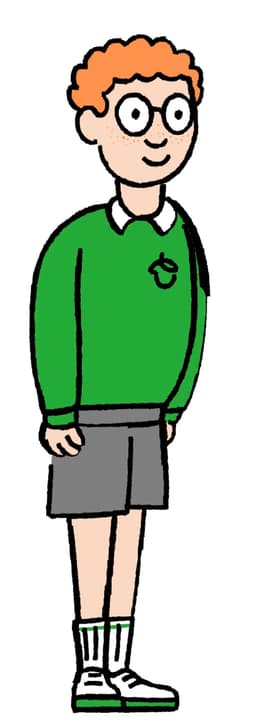
Q3.An characteristic is a feature or property of a living thing that we can see or use our other senses to notice.
Q4.Which of these descriptions are observable characteristics of a whale?
Q5.Match the characteristic to the observation of an animal.
The animal has black and white stripes on its body.
The animal has a long body to help it move through water.
The animal has two legs and wings.
Q6.Which of these might a scientist use to help identify and group objects?
Assessment exit quiz
6 Questions
Q1.Many animals have similar features that allow us to sort them into .
Q2.Match the animal with their correct classification group.
seagull
horse
crocodile
toad
shark
Q3.Which of these are observable characteristics that we could use to group animals?
Q4.Based on observable characteristics, which animal would you put into the same group as a zebra?
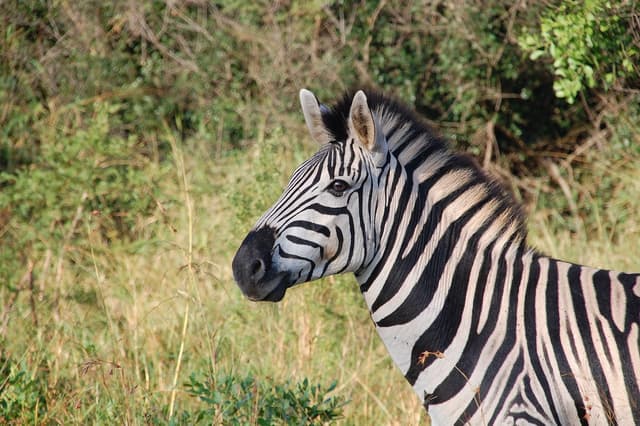
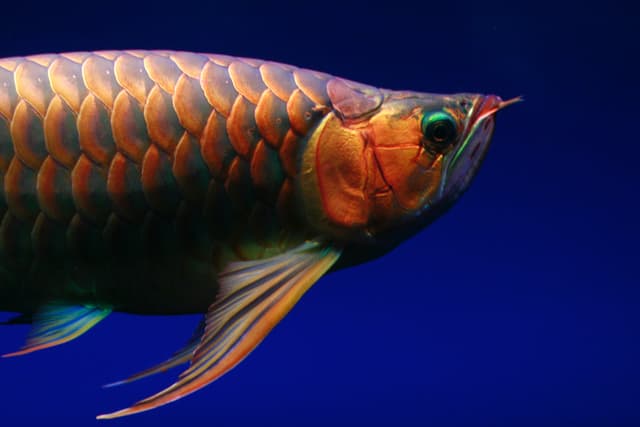
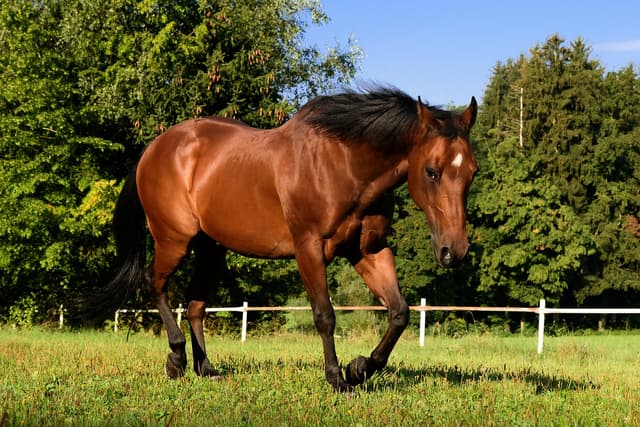
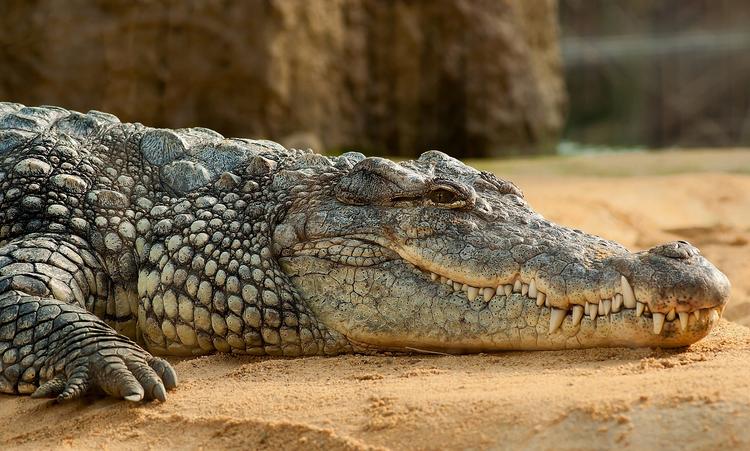
Q5.The process of grouping animals based on their similarities and differences is called .
Q6.Match the observable characteristic to the animal.
dog
budgie
frog
goldfish
tortoise


